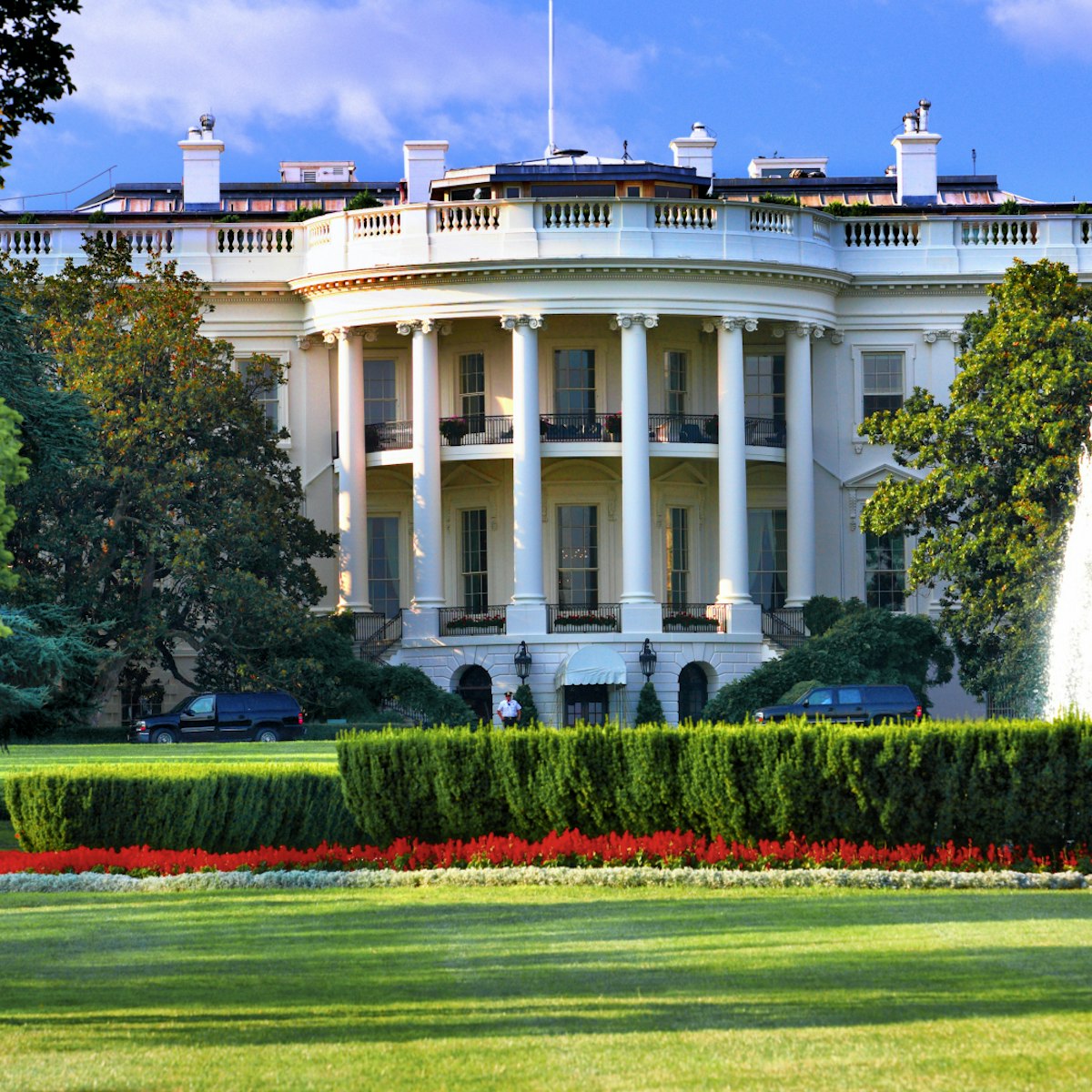The legendary exhibits at the National Air and Space Museum include the Wright brothers' flyer, Chuck Yeager's Bell X-1, Charles Lindbergh's Spirit of St Louis, Howard Hughes' H-1 Racer and Amelia Earhart's natty Vega 5B.
The hugely popular Smithsonian museum in Washington, DC, maintains the world's largest and most significant collection of aviation and space artifacts, encompassing all aspects of human flight.
It presents programs, educational activities, lectures and performances that reflect the American spirit and the innovation, courage and optimism that have led to triumphs in the history, science and technology of flight. Children and adults alike love walking through the Skylab Orbital Workshop and viewing the Apollo to the Moon exhibit.
History of the museum
The Smithsonian Institute's connection to flight began in 1861 when its first secretary, Joseph Henry, invited Thaddeus S.C. Lowe to inflate his hot air balloon on its grounds. In 1876, a group of 20 kites was acquired from the Chinese Imperial Commission, seeding what would later become the largest collection of aviation and space artifacts in the world.
The collections were first housed in the institute's Arts and Industries building, and were expanded after World War I to a Quonset hut erected by the War Department behind the Smithsonian Castle. Affectionately known as the "Tin Shed," the new building opened to the public in 1920 and remained in use for the next 55 years.
President Harry Truman signed a bill in 1946 establishing the Smithsonian's National Air Museum to memorialize the development of aviation; collect, preserve and display aeronautical equipment; and provide educational material for the study of aviation.
As the technology continued to advance and the collection expanded to include artifacts related to rocketry and spaceflight, it became clear that the museum was entering a new phase. In 1966, President Lyndon Johnson signed a law that changed the name to the National Air and Space Museum to memorialize the development of both aviation and spaceflight. The museum's collection on display expanded to include missiles and rockets.
Funding to construct a new building was approved in 1971, and the National Air and Space Museum's new building was inaugurated with great fanfare on July 1, 1976. The collection that started in 1876 with a group of 20 kites has grown to nearly 60,000 objects now, and more avionic pieces reside in Virginia at the Steven F Udvar-Hazy Center, an annex that holds more of this museum's extraordinary collection. Both buildings combine to welcome more than eight million visitors per year.
What to do at the museum
The Boeing Milestones of Flight Hall is the museum's entrance gallery, and it will appeal to aviation enthusiasts as it showcases the Spirit of St. Louis, the North American X-15A-1, John Glenn’s Mercury spacecraft, the Viking Lander, Pioneer 10, SpaceShipOne and a touchable lunar sample.
How Things Fly is a fun, interactive gallery allowing children and adults to explore the principles of flight through hands-on activities. It features a Cessna 150, a section of a Boeing 757 fuselage, a model of the International Space Station and more than 50 interactives, including a visitor-operated supersonic wind tunnel.
Space-lovers will enjoy Exploring the Planets, which takes visitors on a tour of the solar system and imparts some of the knowledge scientists have acquired by exploring the planets via space missions and observations from Earth. The largest single artifact in this gallery is a full-scale replica of a Voyager spacecraft.
And of course, the full-scale mock-up of the Hubble Space Telescope is always a popular attraction and is on display in the Space Race exhibition.
Tickets and other practicalities
The National Air and Space Museum is located on the National Mall at Sixth Street and Independence Avenue SW. It is near Metrorail stops on the blue, orange, yellow and green lines, and the closest Metrorail stop is at L'Enfant Plaza. Metrobus stops are located on Independence Avenue SW and along 7th Street SW.
Admission is free, although there are charges for immersive experiences including the IMAX theater planetarium and flight simulators. The museum often observes extended hours during the spring and summer - check the website for details.
Note: In late 2018, the museum began a seven-year complete renovation so the west wing of the building is currently closed for the first phase of the renovation. In 2022, the first new galleries will begin to open to the public and the east wing of the building will close for renovation.
Accessibility at the museum
The Central Smithsonian Accessibility Office has an accessibility map that depicts accessible entrances, curb cuts and designated parking for Smithsonian facilities on the National Mall. There are seven National Park Service designated accessible parking spaces located on Jefferson Drive across from the museum. Visitors with disability hang tags or license plates can park for free at metered spaces controlled by the DC government along Independence Avenue SW.
The museum has two wheelchair-accessible exterior ramps, and an elevator is available at the entrance to the How Things Fly gallery on the first level and The Wright Brothers gallery on the second level. Standard and bariatric wheelchairs are available on loan from the security desk. All restrooms are accessible, and there are two family/companion care restrooms inside the Flight Line Café entrance on the first level.
Braille and tactile guides are available at the Southwest Airlines Welcome Center. The museum can be navigated with Aira, a free app that connects users with sighted agents who provide visual descriptions on-demand. Audio-described, docent-led tours and discovery stations with models and tactile components are provided, and sign language interpreters can be made available for tours, public programs or evening lectures with advance notice.
A pre-visit social narrative is available to help prepare visitors with cognitive and sensory processing disabilities for the situations they might encounter when visiting the museum, and address what to expect, museum rules and other safety information. Further information on accessibility can be found here.










